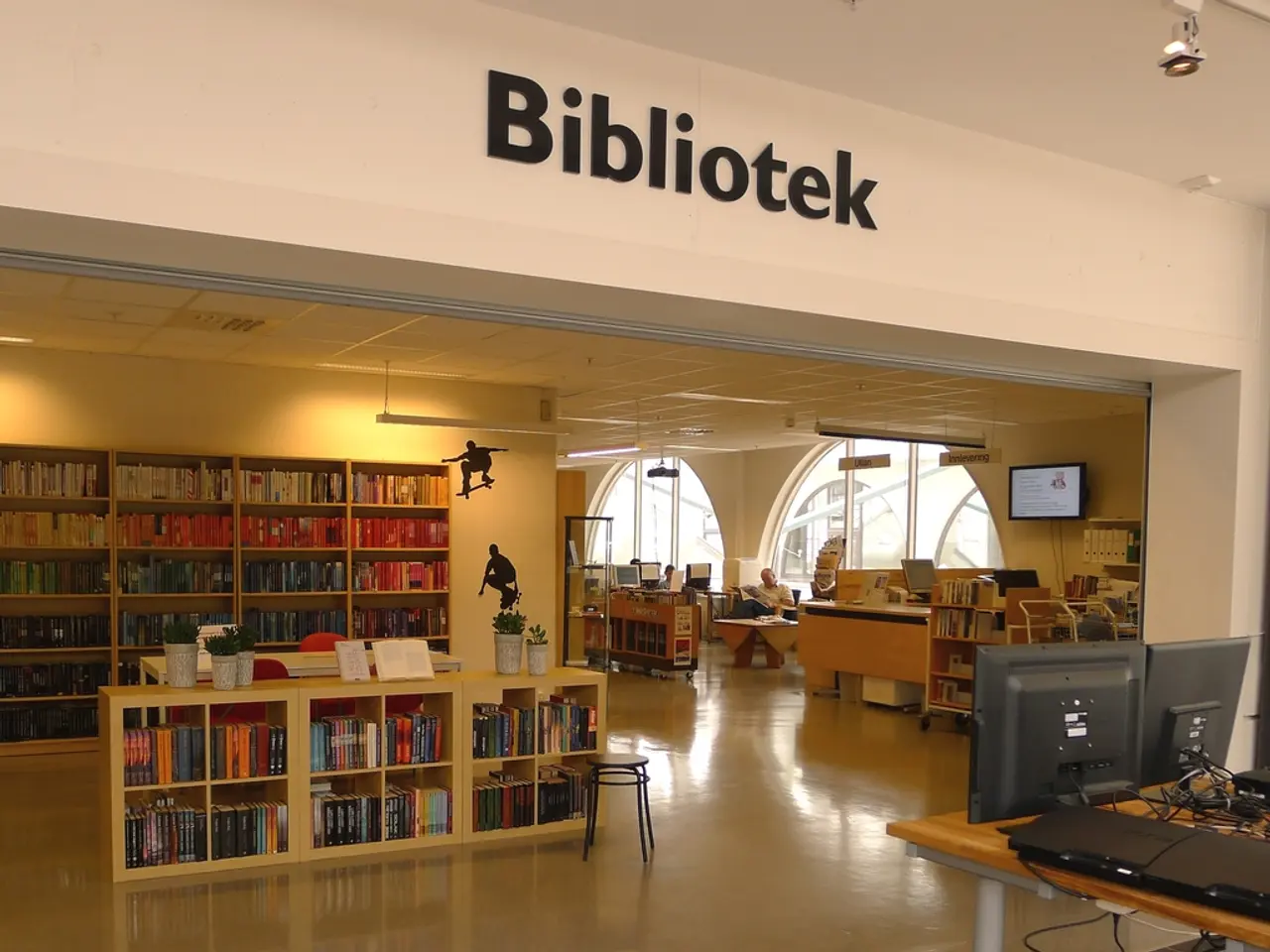Overview of Literature Analysis
In the world of academic research, two crucial tools often come into play: annotated bibliographies and literature reviews. These two resources serve complementary purposes, each offering unique benefits to the research process.
An annotated bibliography is a list of citations from books, articles, and other sources on a specific topic, accompanied by a brief descriptive and evaluative paragraph for each source. Unlike a standard bibliography, an annotated bibliography provides a comprehensive overview of the research available on a topic. It serves to summarize, evaluate, and organize sources relevant to a research topic.
The structure typically includes two main parts for each source: a citation and an annotation. The citation is a full bibliographic reference formatted according to a specific style (e.g., APA, MLA). The annotation, on the other hand, is one to three paragraphs that summarize the source’s main arguments or content, evaluate its credibility, accuracy, and relevance, and reflect on its relationship to other research or its potential impact on future work. Entries are usually arranged in alphabetical order by the author’s last name, similar to a reference list.
The purpose of creating an annotated bibliography includes helping the researcher develop a deeper understanding of the topic and the available literature, organizing research materials and tracking sources effectively, serving as a foundation for writing research papers or literature reviews, demonstrating critical engagement with the sources, and assisting instructors or peers in reviewing the scope and quality of research.
In some contexts, an annotated bibliography can stand alone as a concise overview of research on a topic or be part of a larger research project. On the other hand, a literature review is a written summary of the current state of knowledge on a specific topic, containing a description and critical evaluation. A literature review highlights gaps and opportunities for future research.
Understanding the differences and connections between an annotated bibliography and a literature review is indispensable for conducting thorough and insightful research. An annotated bibliography helps in evaluating the relevance and quality of sources, structuring the literature review by categorizing sources and determining their relevance to the research questions. A literature review, in turn, helps to determine which research has already been conducted and which further research is needed.
In conclusion, annotated bibliographies and literature reviews, when used together, facilitate thorough, organized, and reflective academic research. They provide a solid foundation for understanding the existing scientific literature and its gaps, aiding in writing a literature review, and serving as a demonstration of critical engagement with the sources. By using these tools effectively, researchers can ensure that their work is well-informed, well-structured, and well-positioned in the broader context of their field.
[1] Source 1 [2] Source 2 [3] Source 3 [4] Source 4
In the realm of education-and-self-development, learning from annotated bibliographies and engaging in personal-growth through actual research process is an integral part. These resources, specifically annotated bibliographies and literature reviews, offer unique benefits to one's understanding of a specific topic, fostering personal-growth and driving better decision-making in the aforementioned research process.
For instance, when creating an annotated bibliography, one can gain a comprehensive overview of the research available on a topic (research), while also organizing research materials and tracking sources effectively (education-and-self-development). Furthermore, this process helps demonstrate critical engagement with sources and can potentially identify gaps to guide future research (personal-growth and learning).




